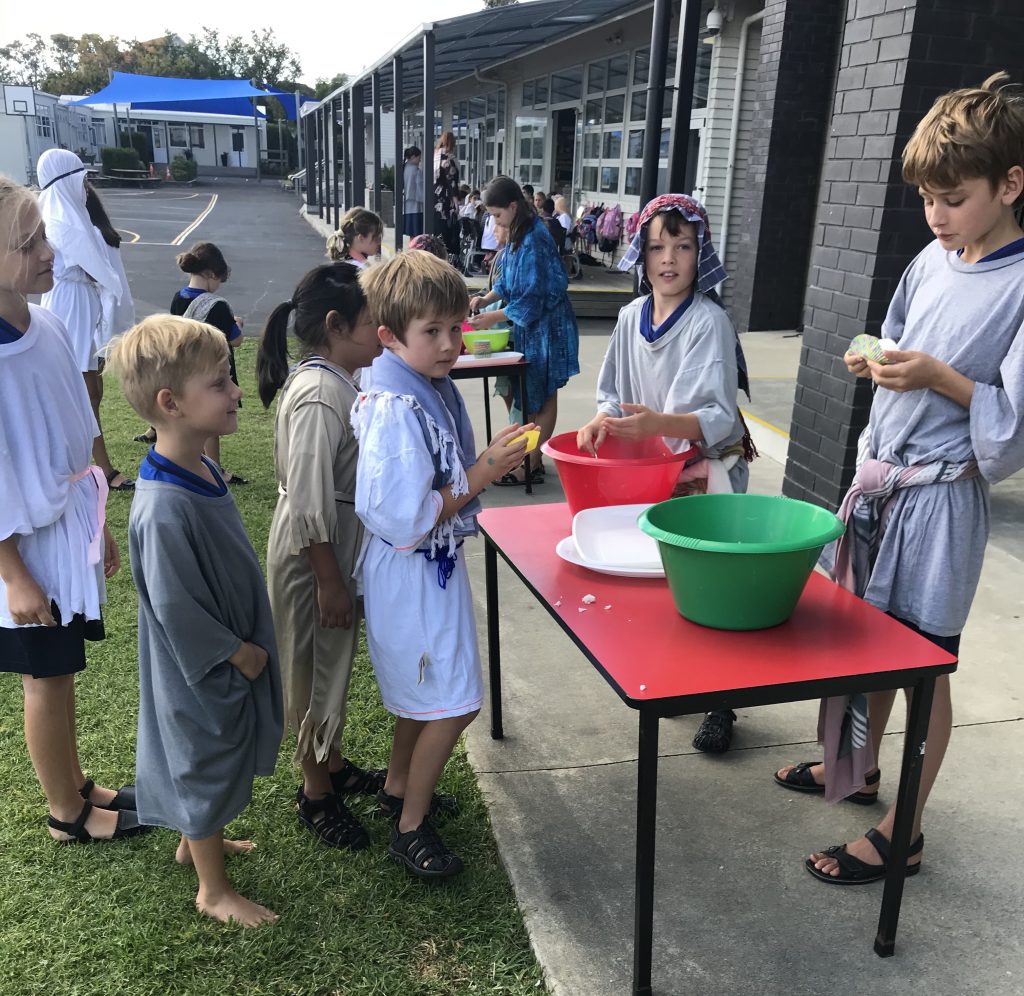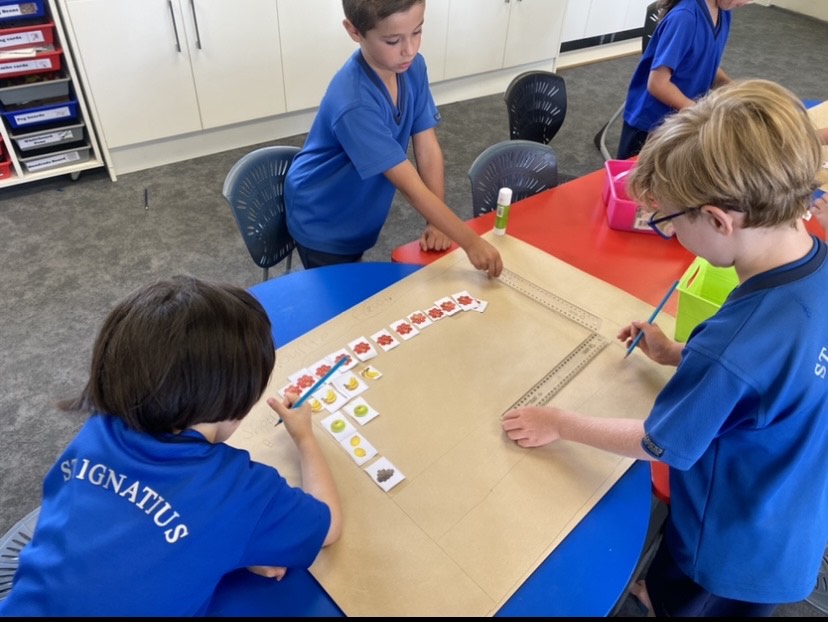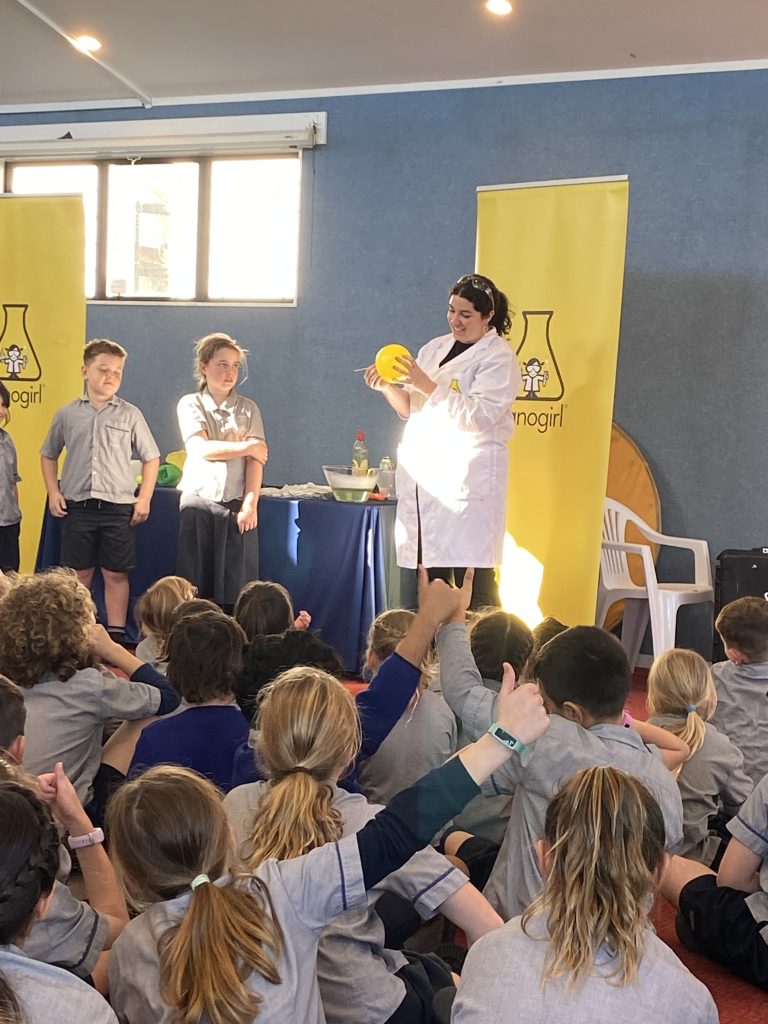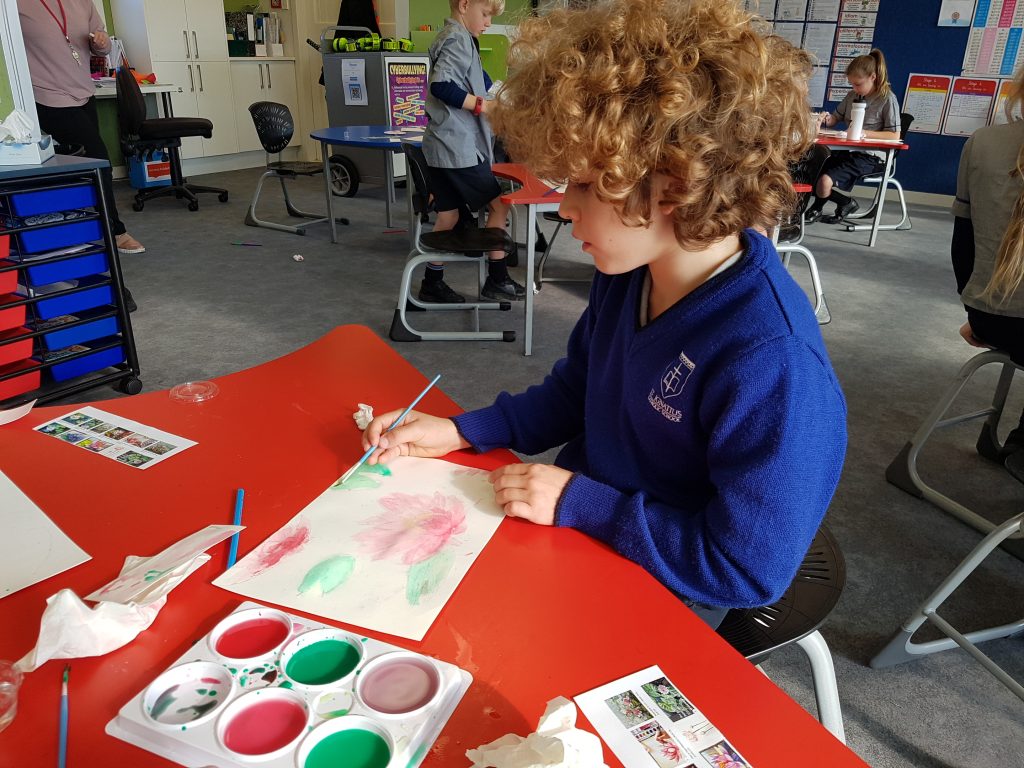Curriculum
At St Ignatius Catholic School our curriculum is driven by our vision:
Learners will live and celebrate our Catholic faith, follow our values, and become actively engaged, connected lifelong learners.
At the heart of our Local Curriculum sit the people who bring a rich, diverse range of experiences, strengths and opportunities. Tie this up with our natural environment and we have our own unique world right on our doorstep. Contexts for learning are carefully considered in all areas of our curriculum. Our children and community are at the centre of everything we do. Through rich, engaging experiences and programmes we will develop our St Ignatius Learner Profile and Values ensuring our tamariki leave primary school equipped with the skills to navigate an ever-changing world. Teachers plan authentic and engaging learning and experiences that provide opportunities for our children to engage with and learn in our local environment and community.
Our curriculum is concept- based driven by big ideas. The goal for all our children is to become innovative learners with a solid base in literacy and numeracy.
At St Ignatius Catholic School students will experience learning that:
- is relevant and personalised to their needs
- consistent of teaching practises and language that aligns across the school
- challenges and stretches them to continuously progress
- is purposefully connected
- is aligned with school values and the Catholic Special Character of the school
Curriculum areas
Religious Education
The Religious Education (RE) curriculum is spread through six Learning Strands and four Learning Modules. These contain the content areas to be covered in Religious Education. Prayer is an intrinsic part of the daily programme and a well-maintained and relevant prayer focus area is evident in each learning space.

English
The English curriculum includes reading, writing, oral and visual language. Teaching is targeted at specific student needs identified by a range of assessment methods. Reading, writing, oral and visual language is integrated and connected into other curriculum areas with the intention of engaging students and motivating them to become independent and lifelong learners. In Years 0-1 we use the structured literacy approach.
Mathematics
Every child can master an understanding and love of maths with the right kind of teaching and support. Students learn mathematics best by manipulating materials and constructing their own knowledge through rich experiences and personal connections. At St Ignatius School we use the Maths No Problem! programme, which is based upon the highly successful Singapore Maths Programme. See the link for more information: https://mathsnoproblem.com/en/approach/maths-no-problem-programme/

Social Sciences
In the Social Sciences, we explore how societies work from the past through the present and to the future. We deliver our Social Sciences through an integrated lens, and rich topics. We believe our students learn best by conceptually understanding the “big ideas” in authentic contexts with a range of activities, using a variety of thinking tools.
Science
At St Ignatius Catholic School we focus on developing students who think like scientists, balanced with an understanding that knowledge is developed through a range of processes and experiences. The teaching of science has a strong focus on developing science capabilities, which are: gathering and interpreting data, using and critiquing evidence, interpreting representations and engaging with science.

Technology
In Technology students develop an understanding of what technology is and what processes are involved in developing a technological outcome. They are immersed in technological vocabulary while developing models, products and systems with hands-on activities that are connected to other curriculum areas in line with our local curriculum
The Arts
The arts include dance, drama, visual art and music. Students learn the arts best by having the opportunities to explore and create, being exposed to a variety of stimuli, and having opportunities to respond to the works of others. We ensure that The Arts are connected to learning experiences throughout the school year.
We hold an art exhibition every other year where individuals and group artistic skills are modelled and practised in the creation art works to be displayed at the Art Exhibition.
We have our annual Celebrate concert at the end of each year in which students choreograph and perform songs and dances in a concert for the community.
